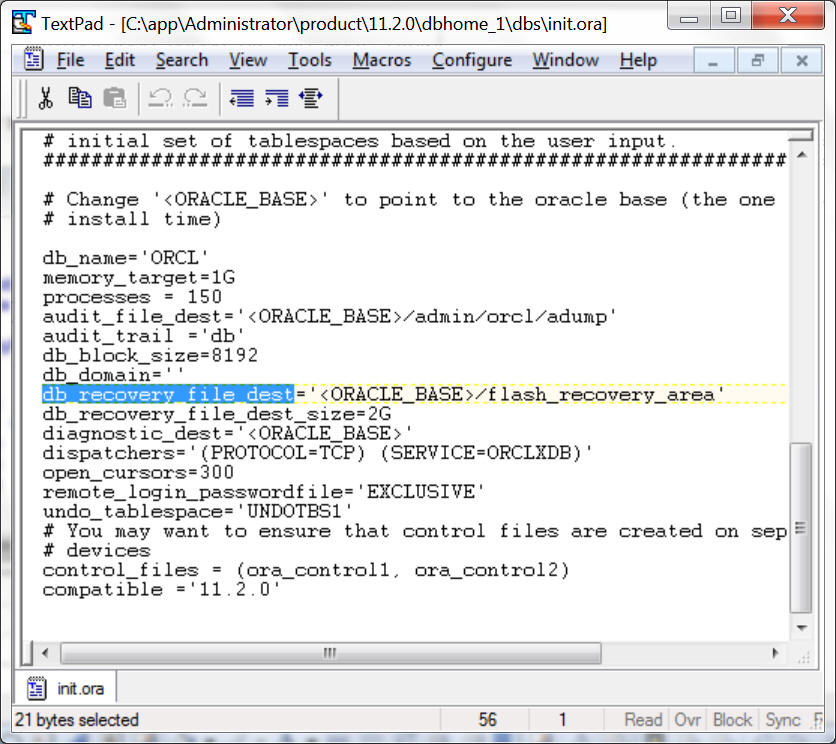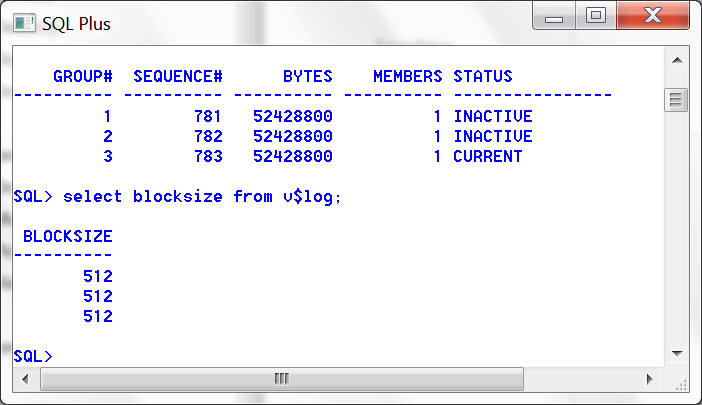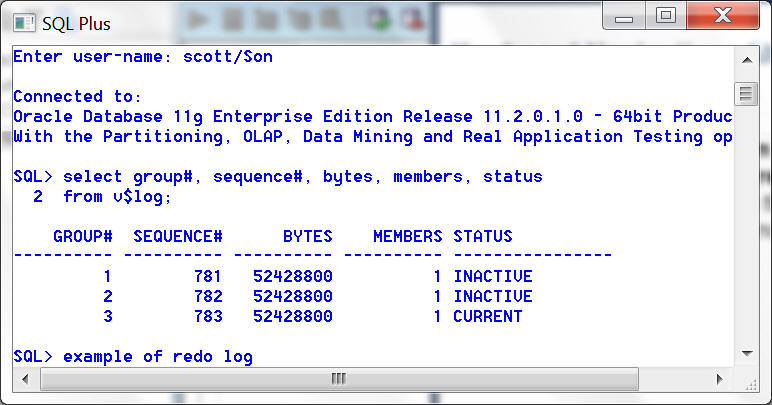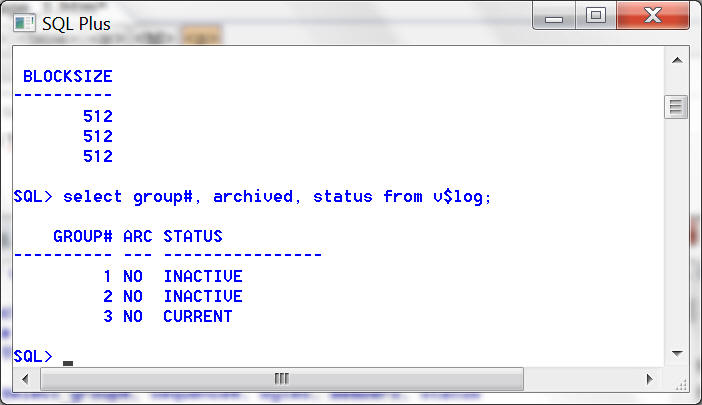| recovery_redolog1.htm |
Write-Ahead Logging (WAL) in PostgreSQL and Redo Logs in Oracle are
both designed to maintain data integrity an safe data merging. Oracle
uses the pre-configured logs (Redo.logs)and will emit warnings or error
messages when a log cannot be reused. PostgreSQL on the other hand
adds more WAL files to a directory named "pg_xlog",if
existing log can't be reused . This prevents PostgreSQL database from
stalling if a transaction was not completed as directed. In Oracle it
may freeze the db when an a log can't be archived or flushed. |
| Redo log Files : In PostgreSQL system creates WAL segment files,
which are allocated with 16MB storage size for each WAL segment files,
and system renames the segment files which are non-longer-needed
with higher segment numbers . The files of WAL or redo log are
only used for recovery |
| The redo log
files oracle RDBMS are only used for data recovery. The Oracle
server maintains online redo log files to minimize the loss of data in
the database. The redo log files stores redo records written from
the redo log buffer.
During a transaction, before a user
receives a "Commit complete" message, the
system must first successfully
write the new or changed data to a redo log file.
All the changes during this transaction are first written into the log
buffer. At the end of a transaction, the redo log buffer must be flushed
to disk, else the recovery operations for that commit could not be
guaranteed. It is LGWR (Log Writer) that does that flushing.

SQL> select blocksize from v$log;

|
SQL> select group#, sequence#, bytes, members, status
2 from v$log;

SQL> select group#, archived, status from v$log;

|
| |
| |
| |



